Feng Shui Golden Calabash with Dragon Pattern Statue
Feng Shui Golden Calabash Statue, a traditional artifact made of brass and hand carved and polished. Prosperity protection set of 10 lucky charm ancient coins on red string, tied to resemble a lotus flower, the 10 coins are joined with the auspicious red lucky knot of never ending good fortune, also known as the mystic knot. In Chinese, Gourd (hulu) sounds like “Fulu” (fortune and wealth) and symbolizes family prosperity and happiness. With a small mouth and big belly, gourd is frequently used in Feng Shui, indicating happiness, health and longevity. Calabash (Lagenaria Siceraria), also known as bottle gourd, white-flowered gourd, long melon, birdhouse gourd, New Guinea bean and Tasmania bean, is a vine grown for its fruit. It can be either harvested young to be consumed as a vegetable, or harvested mature to be dried and used as a utensil, container, or a musical instrument. When it is fresh, the fruit has a light green smooth skin and white flesh.
Calabash fruits have a variety of shapes, they can be huge and rounded, small and bottle-shaped, or slim and serpentine, and they can grow to be over a metre long. Rounder varieties are typically called calabash gourds. The gourd was one of the world’s first cultivated plants grown not primarily for food, but for use as containers. The bottle gourd may have been carried from Asia to Africa, Europe, and the Americas in the course of human migration, or by seeds floating across the oceans inside the gourd. It has been proven to have been globally domesticated (and existed in the New World) during the Pre-Columbian era. Because bottle gourds are also called “calabashes“, they are sometimes confused with the hard, hollow fruits of the unrelated calabash tree (Crescentia Cujete), whose fruits are also used to make utensils, containers, and musical instruments. Feng Shui Golden Calabash with Dragon Pattern Statue sizes: 3.5 inches / 9 cm x 3.5 inches / 9 cm x 5.8 inches / 14.5 cm.
Feng Shui Golden Calabash Statue on Amazon.
Feng Shui Golden Calabash Statue on eBay.
Chinese Statues, Feng Shui Statues, Nature Statues and Fruits Statues.




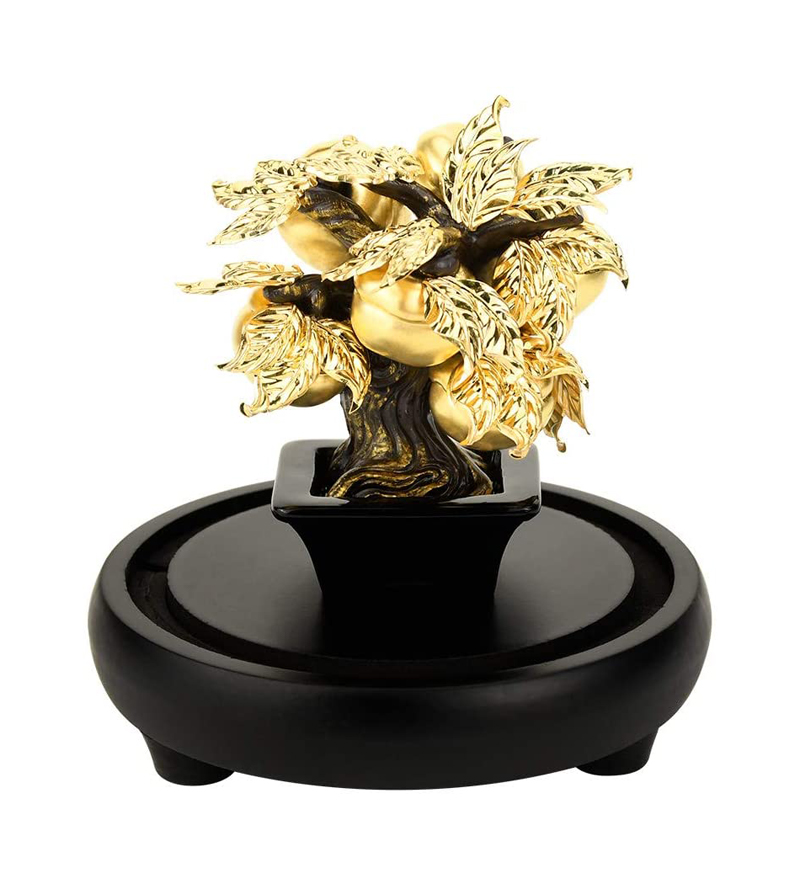
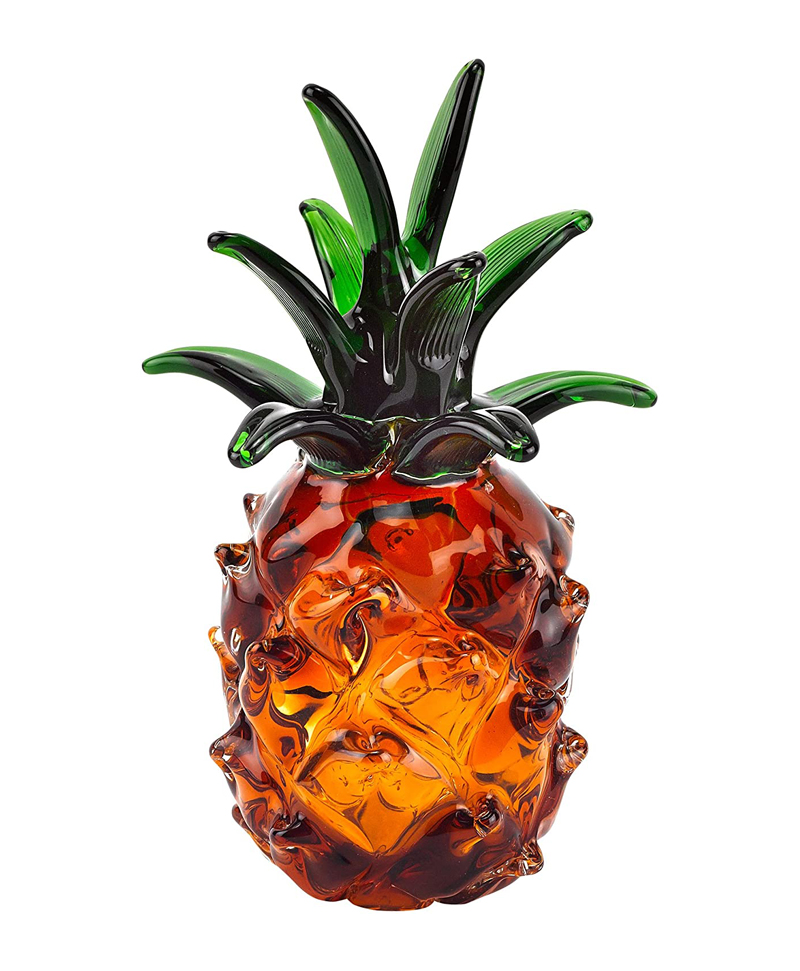
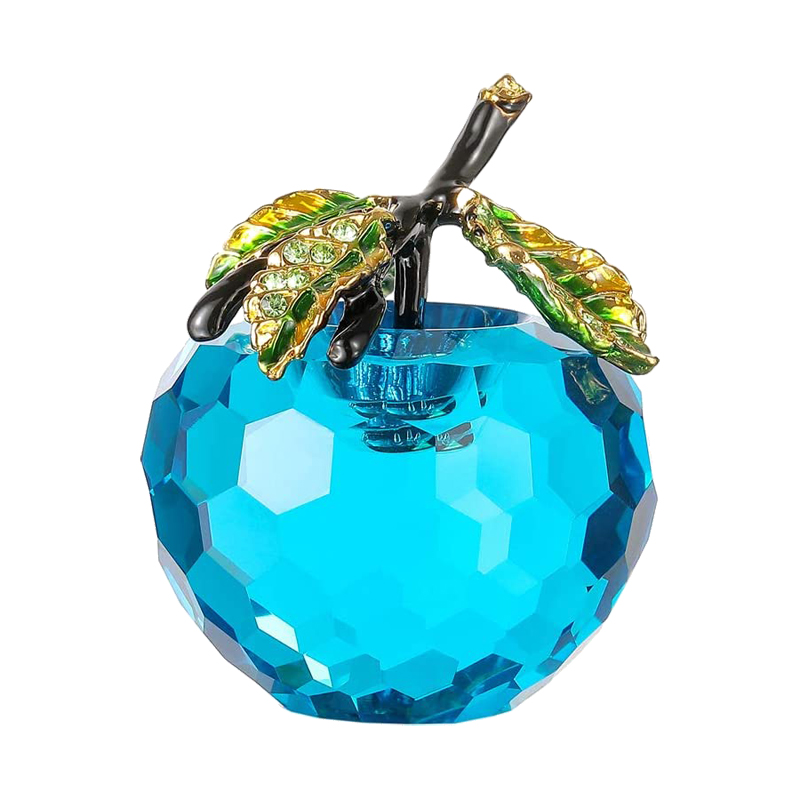
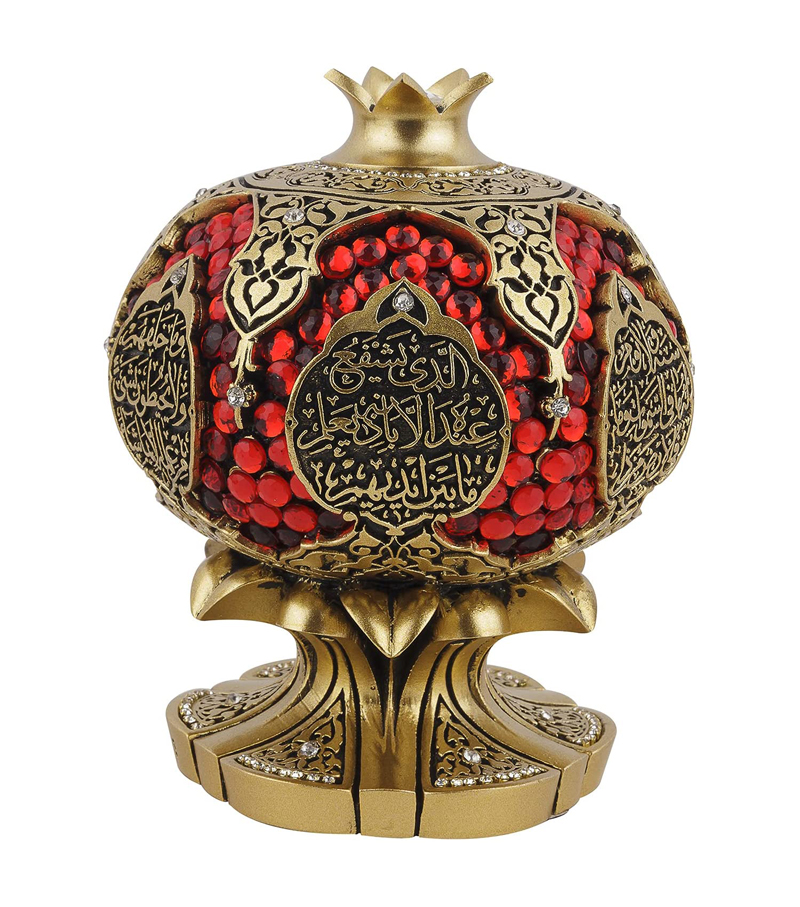
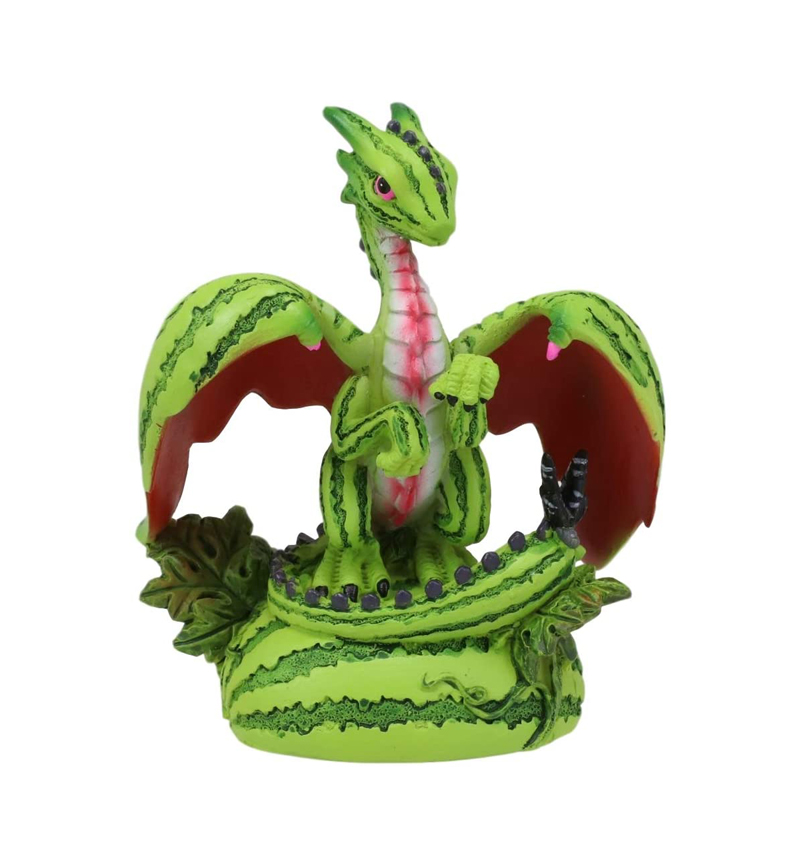
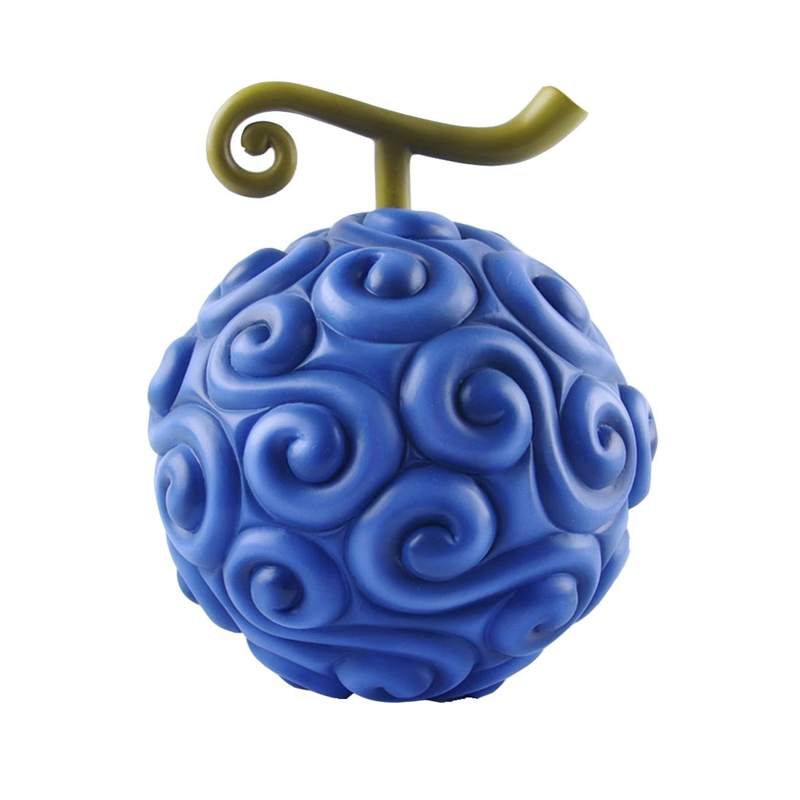
You must be logged in to post a comment.